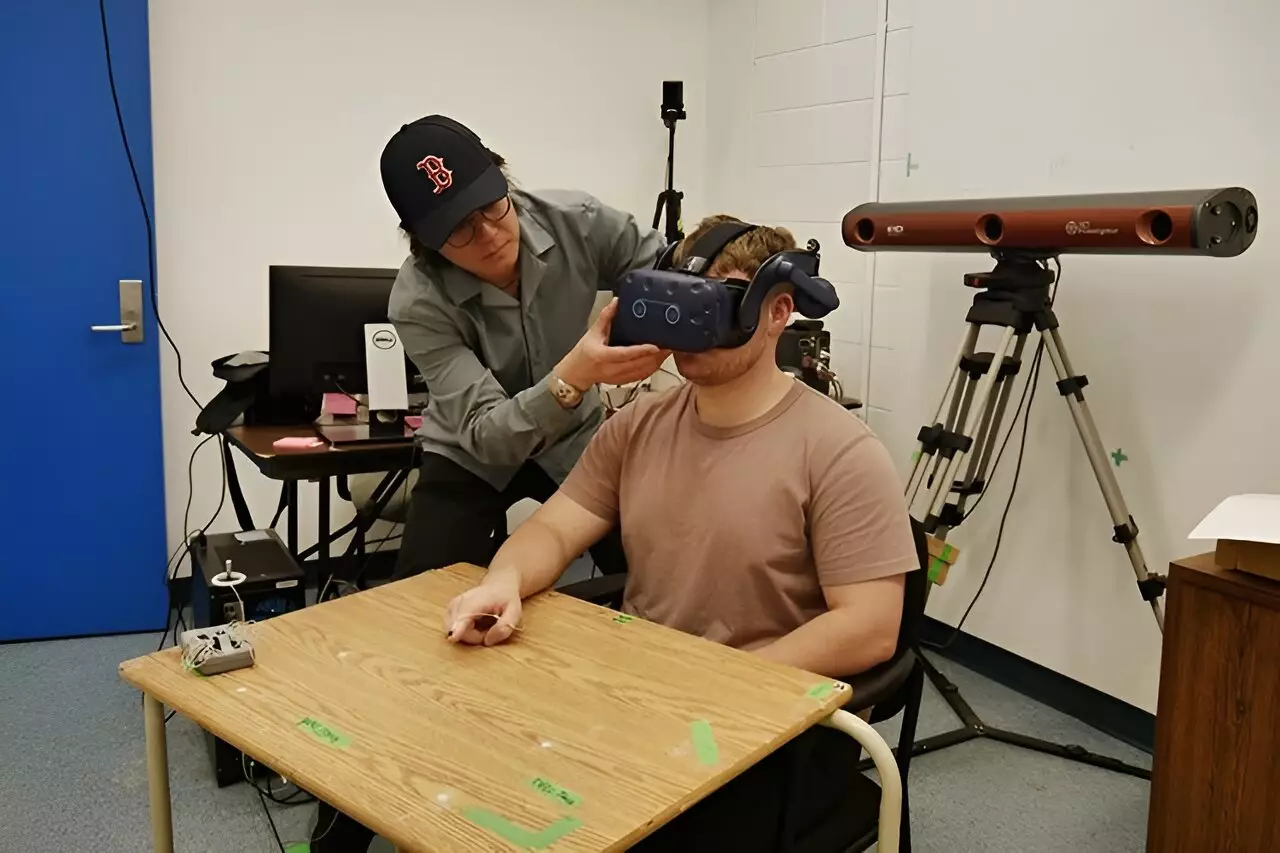The use of virtual and augmented reality (VR and AR) has been a topic of interest in recent studies conducted by researchers at the University of Toronto. These technologies have been found to have a temporary influence on people’s perception and interaction with the real world, which may have implications for various industries that utilize VR and AR for training purposes.
The study, published in the journal Scientific Reports, revealed some interesting findings regarding the impact of VR and AR on physical movement. Participants in the study exhibited differences in their movements after using VR and AR, leading to temporary errors in movement when transitioning back to the real world. Those who used VR tended to undershoot their targets, while those who used AR tended to overshoot their targets.
The researchers noted that the effects of using AR wore off more quickly compared to VR, with participants readjusting to real-world conditions faster after using AR. This difference may be due to the fact that individuals using AR can still perceive and interact with their physical surroundings, which helps them maintain a more accurate sense of depth and distance.
The findings of this study have significant implications for industries and training programs that rely on VR and AR for skill development. It is important to understand how these technologies can affect real-world performance, especially in fields such as surgery, aviation, and driving. Knowing the limitations and effects of VR and AR is crucial to ensuring the effective and safe use of these technologies for training purposes.
The researchers plan to further investigate how different types of VR and AR experiences, including more complex and immersive scenarios, impact real-world performance. They are also interested in exploring how factors such as training duration and individual differences in prior experience with these technologies influence adaptation and readjustment. This research aims to enhance the design of VR and AR systems to minimize negative after-effects and maximize their potential for training and skill development.
The study conducted by researchers at the University of Toronto sheds light on the effects of VR and AR on real-world performance. The findings highlight the importance of understanding how these technologies influence movement and interaction in the physical world, especially in the context of training and skill development. By continuing to explore the impact of VR and AR on human behavior and performance, researchers can contribute to the development of more effective and efficient training programs using these technologies.


Leave a Reply